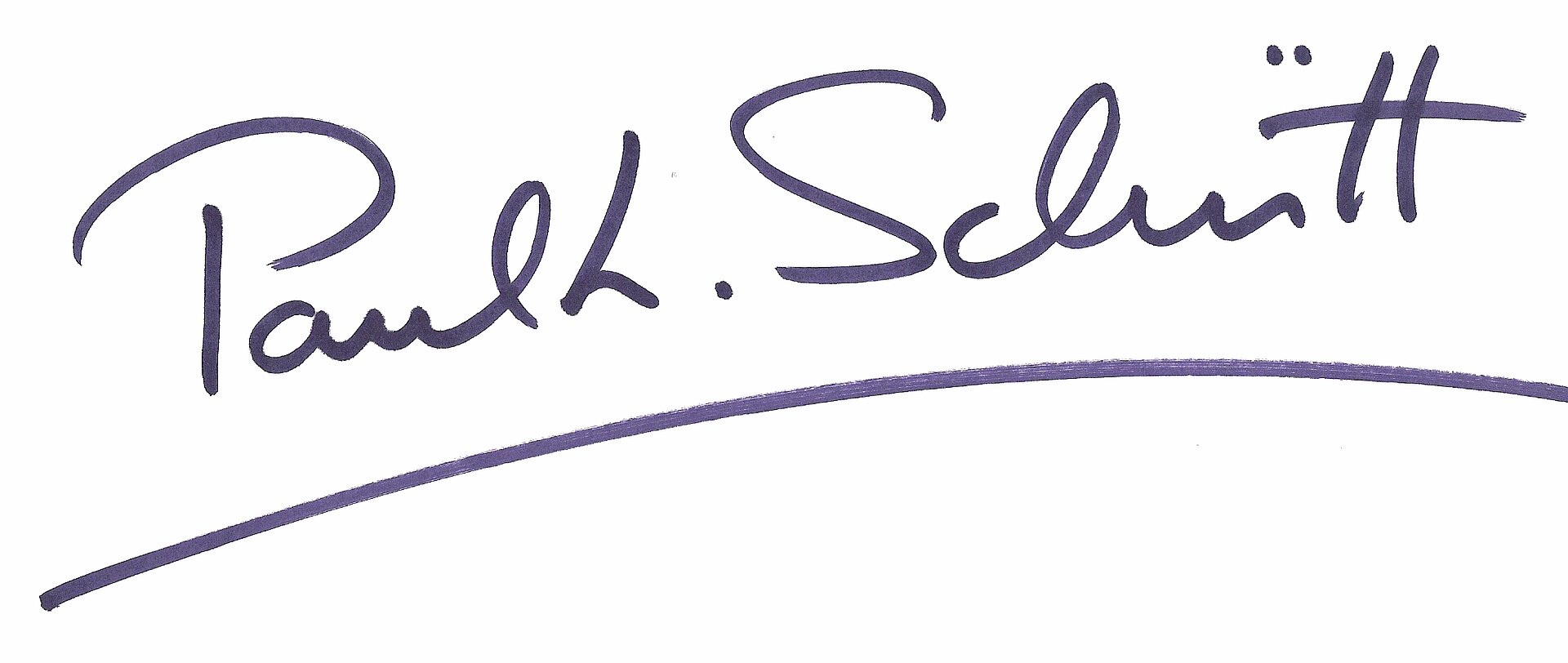Introduction
For beginners, this workshop is going to be a surprise... For advanced players, it is an enrichment... For professionals, it is a possibility to demonstrate new paths in teaching... Magic Tones is well-working additional model to bring complicated, harmonic procedures and scales which change harmonies constantly to a single point. Magic Tones shows you a way to improvise in a fast and simple way. Requirement: You have to be able to play the instrument on a basic level, no age restriction. Under the following link, we provide a playback to play along, especially for this workshop. (simply choose a book there and on the bottom right you'll see: Free MP3-Download! → Right mouse key, save target as... here we go!)
The working base is the frequently-tested text and play book „Half a dozen groovy Jazz standards with Magic Tones“ ( Ein halbes Dutzend groovy Jazz-Standards mit Magic Tones) as well as „Improvise faster and easier with Magic Tones“ ( Schneller und einfacher zur Improvisation mit Magic Tones), published by the music publishing house 'artist-ahead'.
What are „Magic Tones“ and how can I use them?
Magic Tones are four carefully chosen tones that you can often play throughout the entire musical piece while improvising – without having to look after the harmonic connections. You only need an initial tone and are ready to go. First of all, it's enough to know the tonality. Then, you count up six tones from the basic tone in the respective tonality, et voilà, you have the initial tone for your Magic Tones.
Little intermediate exam ;-)
Question: What's the sixth tone in C major?
Answer: The sixth tone in C major is „a“
Which tones are the Magic Tones then?
The Magic Tones with the initial note „a“ (tonality C major) are called: A, C, D, E.
(so initial tone (1), minor third (b3), fourth (4) and fifth (5).
(The numbers mean the intervals and the names, for example third, are the associated technical terms)
The Magical Tones always have the same intervals, I simply need an initial tone! For instance, how do I find the initial tone in the tonality F major? The sixth tone is called d, so I begin my Magic Tones with the tone d, (1, b3,4, 5), so d, f, g, a.
Exercise 1 – Improvisation with the PlayAlong „Time“
As the first improvisation practice, we will play through the Standard „Time“ (Summertime). (For copyright reasons, we changed the song name.)
Exemplarily, it is followed by the harmonic sequence of Time (Summertime) in the main key „F“.
(The sixth tone is called d, so I begin my Magic Tones with the tone d, (1, b3, 4, 5), so d, f, g, a.)
Before we start, there's general instruction about the procedures during this workshop and about the book. Every standard in the book is composed of four parts which belong to one play. In the beginning, you can see the process of the plays – with eight cycles of introduction (Intro), the harmonies and the end (outro). The note heads show the Magic Tones which can be played throughout the entire piece „Time“ with the initial tone „d“ - without changing. Afterwards, there is a summary of the Magic Tones that occur in the piece and simple practices to it. In the third part, there's a simple solo noted with Magic Tones. At this point, it would be good to download the half-playback!
Here's the link for the free download! Start the playback! To test it, you can try out all the tones at first. Each one of the four tones represents a certain objective. For the title „Time“, you only need a single initial tone („d“) with the associated Magic Tones throughout the entire piece, d, f, g, a. Now you choose the right Magic Tones, suitable for your instrument.
Exercise 2 – Magic Tones for the piece „Time“
In order to bring some motion into the play, simply follow the instructions on Magic Tones for the piece „Time“. The following practice is only illustrated for C-instruments. For every other instrument, there is an additional task, particularly to transfer the Magic Tones exercises on to your instrument or to the different initial tones.
Exercise 3 – Combine your own Magic Tones
In the following, you can try to play your own combinations, always keeping in mind that every tone depicts a certain objective. The possibilities on how to combine and surround the Magic Tones are almost limitless and would by far exceed the overall frame for a JAY workshop of two written pages. I hope you enjoyed improvising and feel inclined to transmit what you have learnt to other musical pieces. Magic Tones shows in a simple and uncomplicated way that you can start playing with only a little instruction and without thinking too much. Unfortunately, the JAY workshop already ends here but you can of course book it as a workshop, too. In the book, it continues with the Song „Island“ (Cantaloupe Island).
And now have fun improvising some more...








